Teach your students to measure length using nonstandard units with an engaging, interactive teaching slide deck.
What Is Nonstandard Measurement?
Nonstandard measurement refers to measuring items using everyday objects or uncommon tools instead of standard tools like rulers, scales, or measuring devices. Nonstandard measurement is often the first form of measurement instruction in early education, so it’s important to ensure that students grasp the concept and retain their learning.
Introducing Nonstandard Measurement Teaching Slides
This teaching resource is an interactive and engaging teaching slide presentation designed to introduce students to the concept of nonstandard measurement and what it can be used for. It features 15 slides, loads of content, and a variety of opportunities for discussion and student interaction. Concepts students will see in this presentation include:
- What is length?
- What is a nonstandard unit?
- What is a unit of measurement?
- What are the rules when measuring with nonstandard units?
- When might you choose a larger nonstandard unit vs. a smaller one?
This teaching presentation offers an exciting opportunity for the teacher to lead the class or group through engaging discussions and interactive tasks. Students will have numerous chances to collaborate with a partner and work on self-checking tasks to enhance their skills.
Download, Project, and Start Teaching!
This downloadable teaching resource is available as an Interactive Google Slides presentation. To get your new resource, click the dropdown arrow on the download button. You will then be prompted to make your own copy. From there, project the slides on your screen and start teaching today!
This resource was created by Lindsey Phillips, a teacher in Michigan and Teach Starter Collaborator.
Try These Nonstandard Measurement Teaching Resources!
Are you looking for more? Make sure you check these out before you go!
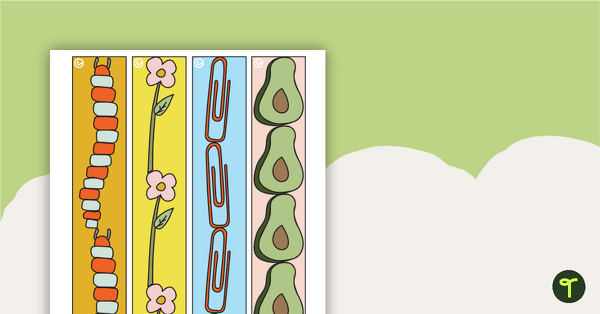
teaching resource
Non-Standard Measurement Rulers
Use printable non-standard measuring rulers to introduce your little learners to the world of measurement.
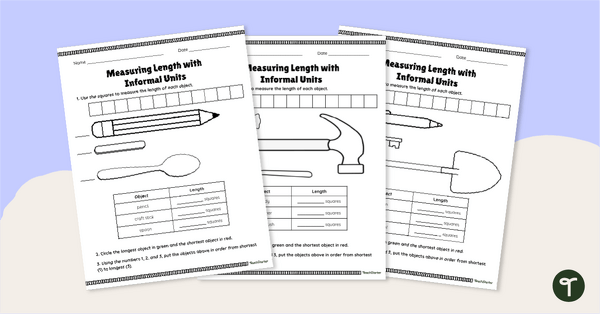
teaching resource
Measuring Length with Informal Units - Worksheets
Experience measurement with informal units using a set of printable 1st grade measurement worksheets.
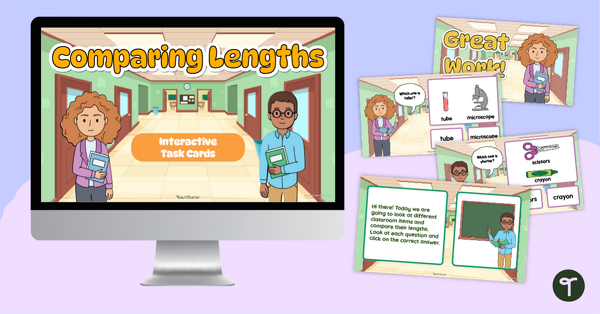
teaching resource
Comparing Lengths – Measurement Game
Identify what is shorter or longer with an engaging interactive measurement game.
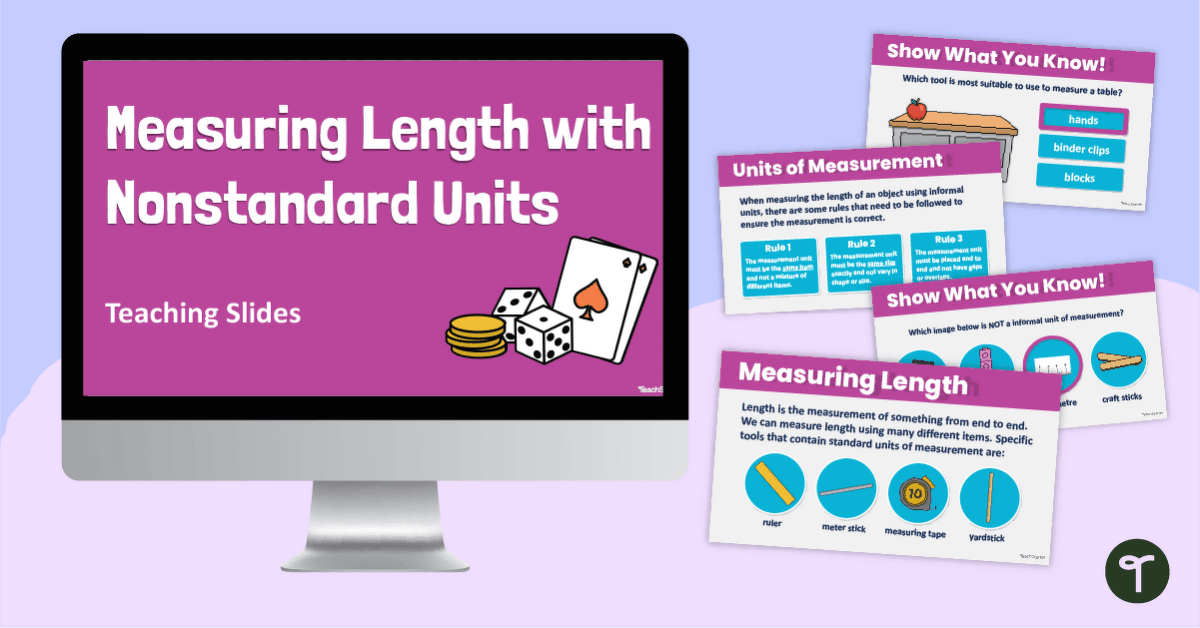

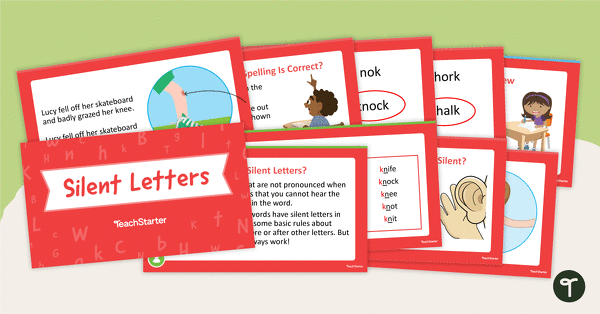
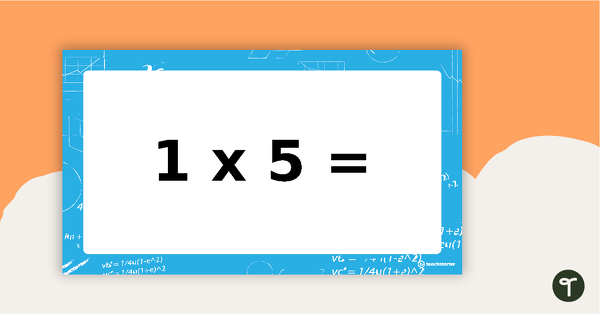
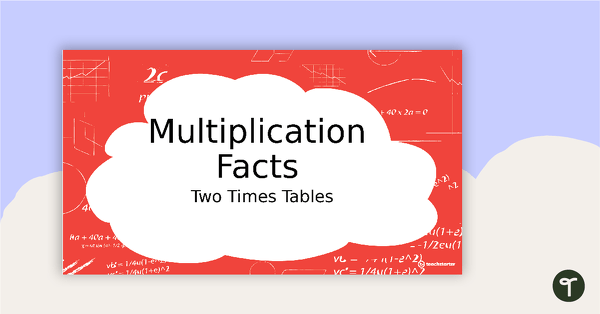
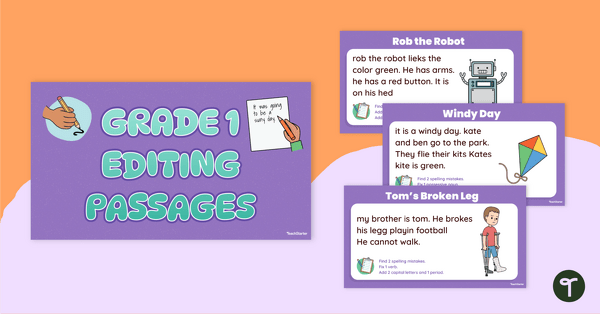
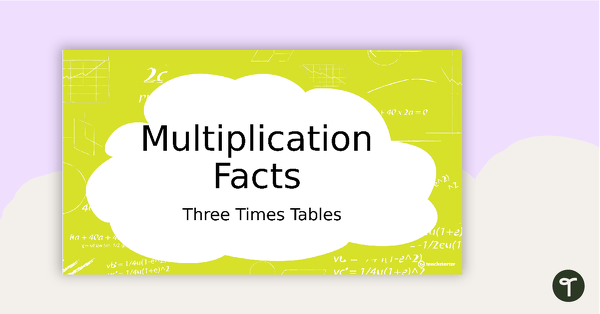
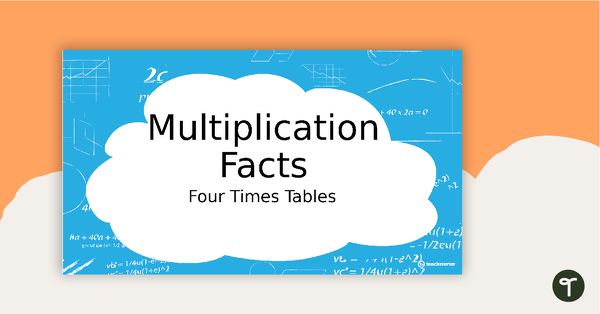

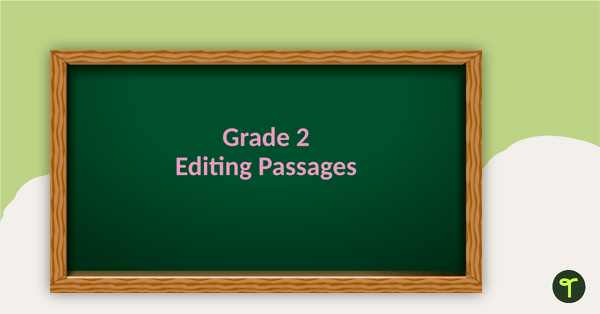
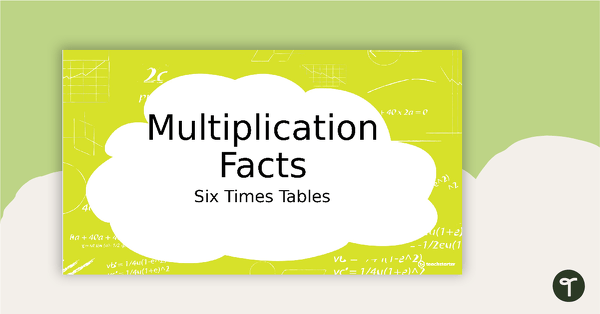
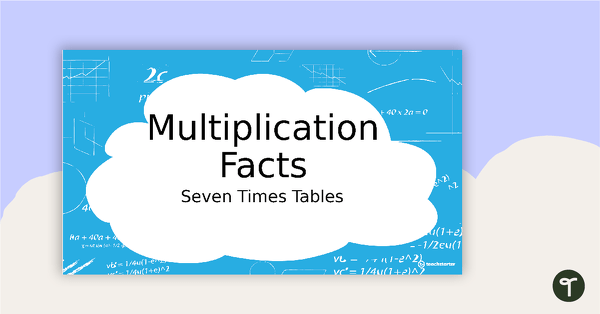
0 Comments
Write a review to help other teachers and parents like yourself. If you'd like to request a change to this resource, or report an error, select the corresponding tab above.